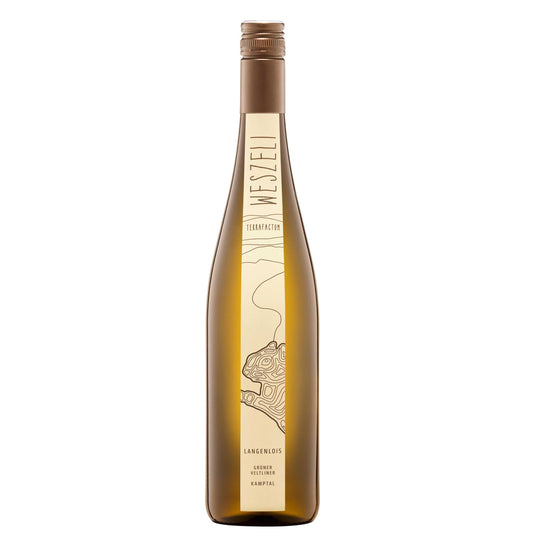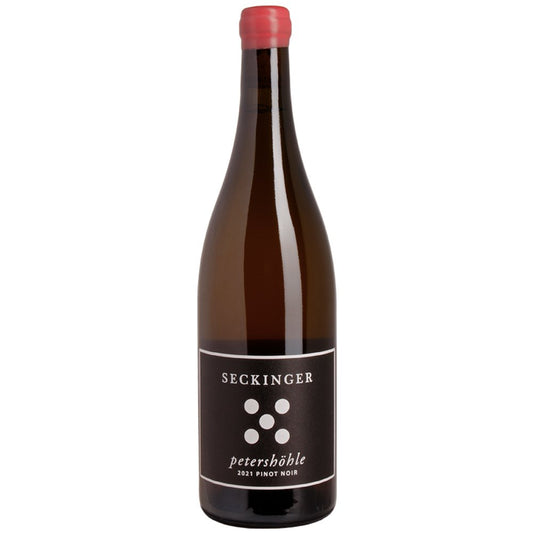Natural White Wines: The Authenticity of Courageous Viticulture
Natural white wines defy convention: while the industry focuses on selected yeasts and total control, these wines embrace the unpredictability of spontaneous fermentation. The result? Aromatic profiles that are impossible to replicate in a laboratory.
The Paradox of Fragility
Paradoxically, the most “fragile” natural whites are often the longest-lived. Without sulfites to block their evolution, they develop unique tertiary complexities: notes of honey, beeswax, and noble hydrocarbons reminiscent of great aged Rieslings.
Wild Microbiology
Each vineyard is home to a unique microbiome: bacteria, yeasts, and fungi that create the territorial “fingerprint.” Natural wines capture this invisible biodiversity, transforming each bottle into a unique liquid ecosystem.
The Sensory Revolution
Natural whites educate the palate to new textures: the slight effervescence of residual CO2, the tactile sensation of tannins extracted from the skins, the mineral salinity unmasked by additives. These are wines that “speak” physically in the mouth.
From the petrichor of Rieslings on slate to the iodine notes of volcanic whites, every sip reveals the geology of the soil. This is not marketing: it is pure chemistry that becomes sensory emotion.
























